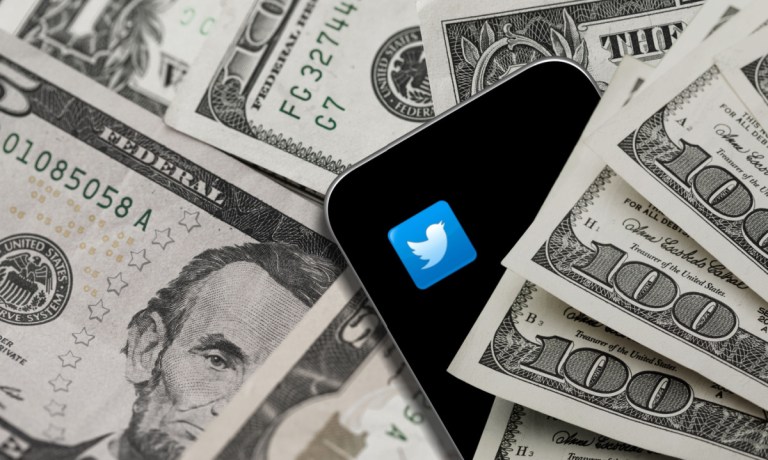Now, those lenders are dealing with the impact of that decision on their balance sheets, The Wall Street Journal (WSJ) reported Wednesday (Oct. 25).
Banks that include Bank of America, Barclays and Morgan Stanley lent Musk roughly $13 billion to help finance the $44 billion purchase of the social media platform.
As the WSJ notes, the banks would have typically soon sold the debt to Wall Street investment firms. However, investors have soured on Twitter since Musk’s takeover, meaning the banks have had to hang onto that debt.
Sources tell the news outlet that the banks expect to lose around $2 billion when they sell the debt, something they had hoped would have happened before Labor Day.
The report notes that the banks first need to secure a rating from an agency like Moody’s or S&P, something investors usually look for. And if Twitter — now renamed X — gets a low credit rating, it will be tough for the banks to sell the debt without taking an even greater loss.
Advertisement: Scroll to Continue
Bankers close to the sale tell the WSJ that Musk’s “capricious” management and a stagnant ad market could lead to a junk-bond rating. The report says that could put the banks in danger with regulators, which frown on lenders with exposure to junk-rated companies.
X has been trying to raise revenue following a mass departure of advertisers in the wake of Musk’s takeover last year that at one point had left the platform cash-negative.
Last month, CEO Linda Yaccarino said 1,500 advertisers had returned to Twitter, with 90% of the company’s top 100 advertisers among them. She also expressed optimism about X’s future profitability, saying that could come about early next year.
Musk said last week that X would soon begin offering an ad-free version of its platform.
“Two new tiers of X Premium subscriptions launching soon,” he wrote on the site. “One is lower cost with all features, but no reduction in ads, and the other is more expensive, but has no ads.”
X also recently said it would begin charging new users in New Zealand and the Philippines $1 per year to access the platform.
X’s “Not a Bot” program lets subscribers put up a fee to post content, like posts, reply, repost, quote and bookmark posts — basically, all the things that constitute interacting on Twitter. New members who don’t wish to pay can still get a “read only” version of Twitter, letting them follow accounts, read posts and view videos.

